
COOL FACT #1: Fur may have saved the human race
New research suggests humans (Homo sapiens) survived the last Ice Age and Neanderthals didn’t because humans were serious about fur clothing. Animal remains around Neanderthal sites lack evidence of furbearers, while human sites have fox, rabbit, mink and notably wolverine – the same fur still preferred today by Canadian First Nations for hood liners.
COOL FACT #2: Everyone’s heard of the California Gold Rush, but how about the California Fur Rush?
In the early 19th century, trappers came from far and wide to the US west coast to harvest huge populations of furbearers. It was these trappers, not the gold prospectors who followed, who opened up the west and put San Francisco Bay on the trade map. But no one remembers because no one named a football team after them. Go 49ers!
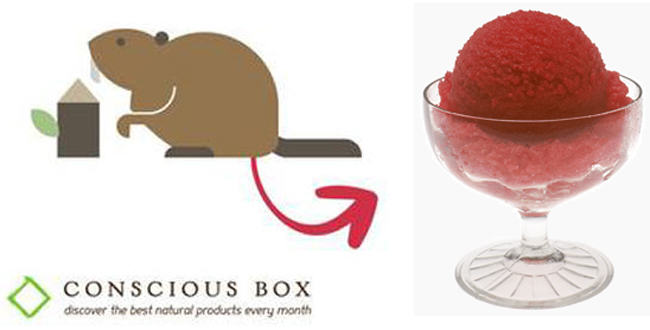
COOL FACT # 3: Beaver butts are used in food flavouring
Next time you see the words “natural flavouring” on a food package, it might be referring to Castoreum, secreted from the castor sacs of beavers located between the tail and the anus. Usually it’s used to simulate vanilla, but it can also pass as raspberry or strawberry.
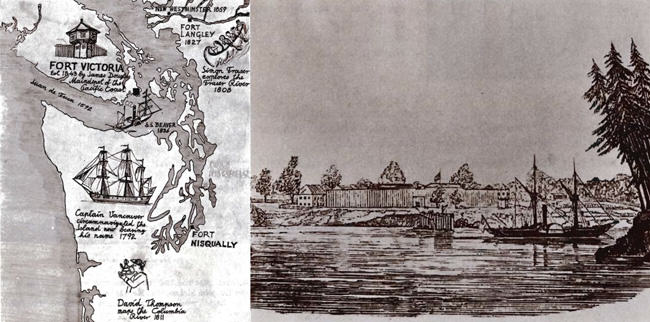
COOL FACT #4: The fur trade determined much of the Canada-US border
The search for fur drove Europe’s exploration and settlement of North America, and many of today’s towns and cities began as fur-trading posts. In fact, much of the border between Canada and the US traces the territories once controlled by Jacob Astor’s American Fur Company and the Montreal-based North West Company.
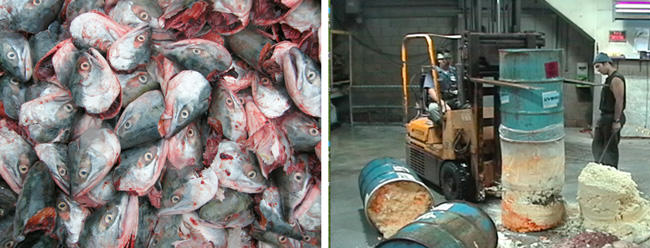
COOL FACT #5: Mink farming plays a key role in our food chain
Have you ever wondered where all the animal leftovers from human food production go? Fish heads, chicken feet, expired eggs, spoiled cheeses? If you live in fur-farming country, chances are they go to make nutritious mink food. And the mink manure, soiled straw bedding and carcasses are composted to produce organic fertiliser to enrich the soil, completing the nutrient cycle to produce more food.
COOL FACT #6: Mink wastes provide biofuel
In Nova Scotia, Canada, pilot projects are transforming mink wastes into methane for bio-energy production. In Aarhus, Denmark – the country that produces the largest number of farmed mink – the public transit buses already run on mink oil.
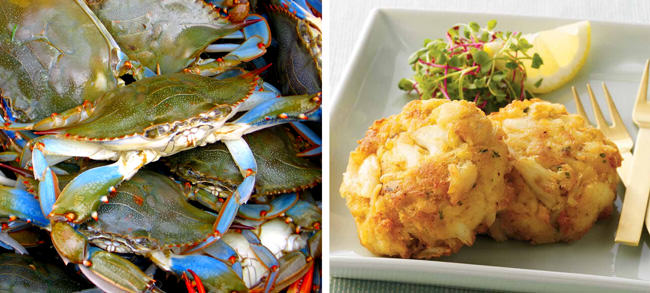
COOL FACT #7: Mink carcasses make great crab bait
Crabs will eat just about any seafood you offer them, but so will seals and sea lions, and they’ll trash your crab pots to get at it. Enter mink bait! Crabs find their food by smell, and apparently the smellier the better because they love mink musk. But seals and sea lions can’t stand it and will give your pots a wide berth!
COOL FACT #8: Canada’s beaver population has never been bigger
The national animal of Canada has been prized for its luxuriant fur for hundreds of years, yet wildlife biologists believe there are as many today as there were before Europeans arrived. They also believe coyotes, foxes and raccoons are more populous now than ever. Truly modern trapping, regulated to allow only the removal of nature’s surplus, is a perfect example of the sustainable use of renewable natural resources!
SEE ALSO: Abundant furbearers: An environmental success story.
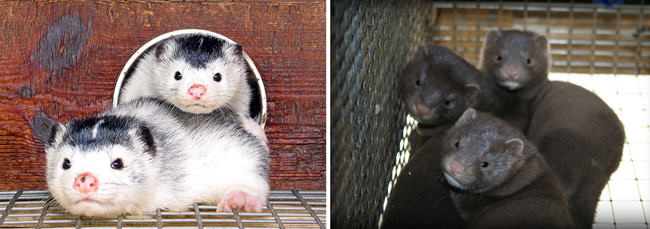
COOL FACT #9: Farmed mink enjoy company so farmers house them in pairs
After being weaned from their mothers, farmed mink are often raised in pairs, preferably a brother and sister, and sometimes even threes. Farmers have learned that keeping siblings together results in calmer and healthier mink.
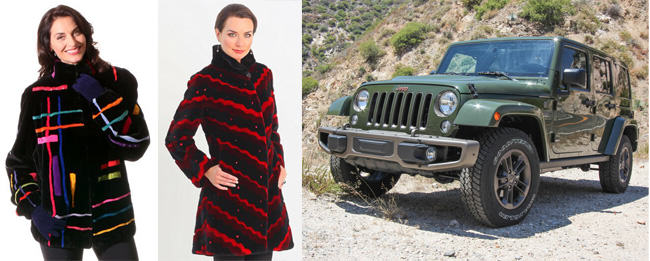
COOL FACT #10: Fur garments are very labour-intensive
Fur garments are created individually, with all the cutting and sewing done by hand. Not counting all the work involved in producing the pelts, an “average” mink coat might take 35-40 hours of hand work, while an intarsia sheared beaver by Zuki could take 100 hours. That’s longer than it now takes to assemble a car!
BONUS FACT: Animal activists have no sense of proportion
Each year, North Americans use about 7 million animals for fur. That’s one sixteenth of one percent of the 12 billion animals they use for food. Yet animal activists focus more attention on the fur trade than on all other livestock industries combined. Go figure!











Opinion activists can actually worry about bigger problems than the fur business, these animals wont go extinct or have a chance to if being treated as a product. also that’s not a fact that just you overreacting.
Profiting from animal abuse, torture and suffering…… is unethical, immoral and disgusting. FACT
We wholeheartedly agree on the first two. The tolerance level for abuse and torture – both intentional acts – is zero in any livestock operation. “Suffering”, by which we assume you mean that which is caused unintentionally, is too general a term to be useful here. Every sentient being, including humans, “suffers” on a daily basis. It’s part of life.
Thank you for this post. As I am a daily reader of fur post and I have collected more good information about fur from the internet post. I am always updated with an online store “Amifur” for new fur accessories. Keep blogging.